Planets in solar system
Solar system
Solar System The group of various planets, asteroids, comets, meteors and other celestial bodies that surround the Sun is called Solar System. The solar system is dominated by the Sun, because about 99.999 matter of matter in the Solar System is contained in the Sun. The Sun is also the source of all the energy of the Solar System. Plenemus is a group of twin bodies that look exactly alike outside the solar system.
Surya (Sun): -
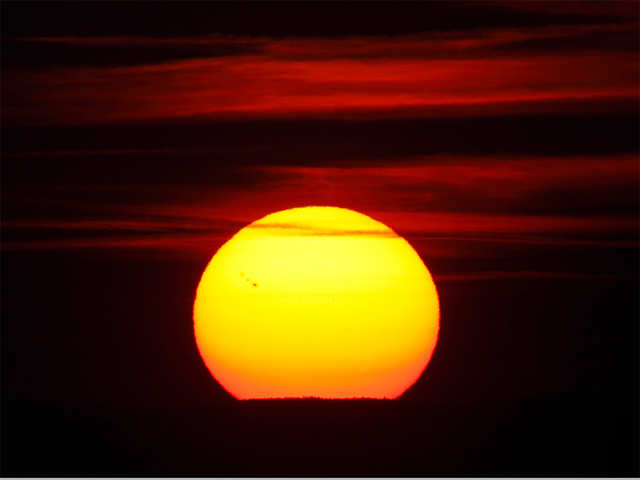
Surya (Sun) is the head of the solar system. It is located in a corner at a distance of about 30,000 light years from the center of our Mandakini Doodhmekhala.
This milk is about 250 km / s around the center of Milkha Mandakini. Is revolving at the speed of Its revolving period (the time it takes to rotate once around the center of the milkmegala) is 25 crore (250 million) years, which is called the Cosmos year. The Sun rotates from east to west on its axis. Its central part. In 25 days and the polar part rotates in 35 days.
The Sun is a gaseous sphere, containing hydrogen 71%, helium 26.30 and other elements 230. The central part of the Sun is called Core, whose temperature is 15x10 - C. And the outer surface temperature of the Sun is 6000 ° C.
Hans Bethe stated that at a temperature of 107 ° C four hydrogen nuclei at the center of the Sun combine to form a helium nucleus. Nuclear fusion is the source of the sun's energy. - The radiant surface of the sun is called the photosphere.
The edges of the photosphere are not bright, because the sun's atmosphere absorbs light. It is called the chromosphere.
It is red in color. → Soo visible part of the sun at the time of solar eclipse It is called Raya Kirit (Corona). Sun - Kirit emits X-ray. It is called the crown of the sun. At the time of complete solar eclipse, light is obtained from the sunlight.
The life of Sun is -5 billion years.
The time for the sun to give energy in the future is 10 power 11 years,
it takes 8 minutes 16.6 seconds for sunlight to reach the earth.
The solar flame is called Aurora borealis at the North Pole and Aurora australis at the South Pole.
The temperature of sun spots (shells of moving gases) is 1500 ° C lower than the surrounding temperature. A full cycle of Sun's spots is 22 years.
This blot increases for the first 11 years and the blot decreases for the subsequent 11 years. Magnetic storms are produced on the earth when a blot is seen on the surface of the Sun. This changes the direction of the magnetic needle and causes disturbances in radio, television,
electric machines etc. The diameter of the Sun is 13 lakh 92 thousand km, which is about 110 times the diameter of the Earth. The Sun is 1.3 million times larger than our Earth, and the Earth gets 2 billionth of the sunrise.
Objects of solar system
(Mercury):
It is the nearest planet to the Sun
which appears two hours before the Sun's exit. Or the smallest planet, which has no satellite.
Its most distinguishing feature is its magnetic field.
It completes the circumambulation of the Sun in the shortest time.
That is, it is the planet with the highest orbital motion of the solar system.
The days are very hot and snowy here. Its temperature is the highest (600 "C) of all the planets.
Its temperature is -173 ° C at night and 427 ° C in the day.
Venus:

It is the nearest, brightest and hottest planet on earth.
It is called the star of the dawn or the star of dawn,because it appears in the sky in the west in the evening and in the east in the morning.
It rotates clockwise (clockwise) unlike other planets. It is called Earth's planet. It is similar to Earth in density, size and diameter.
It does not have any satellite.
(Jupiter):

It is the largest planet in the solar system.
It takes 10 hours to rotate on its axis (most Less) and it takes 12 years to orbit the Sun.
Its satellite Ganymede is the largest of all satellites. Its color is yellow.
Mars
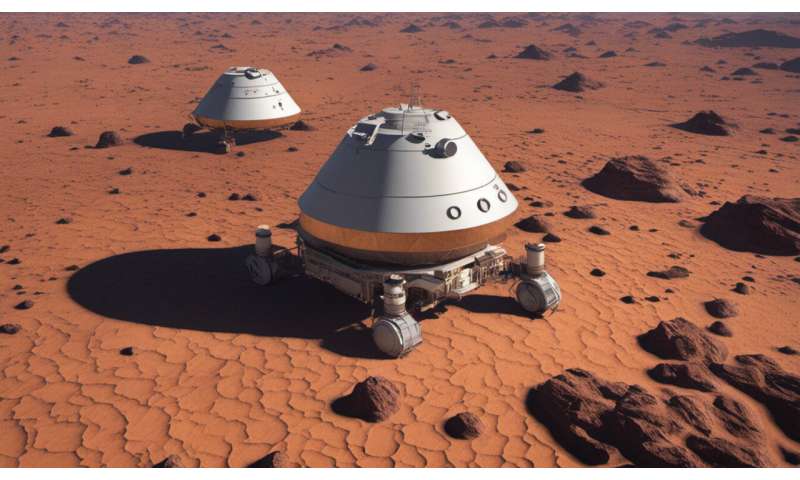
Mars: It is called Red Planet.
its color is red, iron oxide.
It has two poles like the Earth and its orbit is tilted at an angle of 25 ° due to which there is a change of seasons like the Earth here.
Its day value and the tilt of the axis are similar to that of the Earth.
It rotates on its axis once in 24 hours.
It has two satellites - Phobos and Deimos. It takes 687 days to revolve around the Sun.
Olympus Messi, the largest volcano in the Solar System and Nix Olympia,
the highest mountain in the Solar System, which is three times higher than Mount Everest, is located on this planet.
Saturn:
It is the second largest planet in size.
It is characterized by the presence of lights around its floor (thick light coil).
The ring number is 7. It looks like a yellow star in the sky.
Saturn's largest satellite is Titan,
the second largest satellite in the solar system.
It is equal in size to Mercury. Titan was discovered in 1665 by Danish astronomer Christian Hyjon.
It is the only satellite with its own dense atmosphere like Earth.
Saturn's satellite called Phoebe revolves in the opposite direction of its orbit.
Its density is less than all the planets and water. That is, keeping it in water will float.
Arun (Uranus):
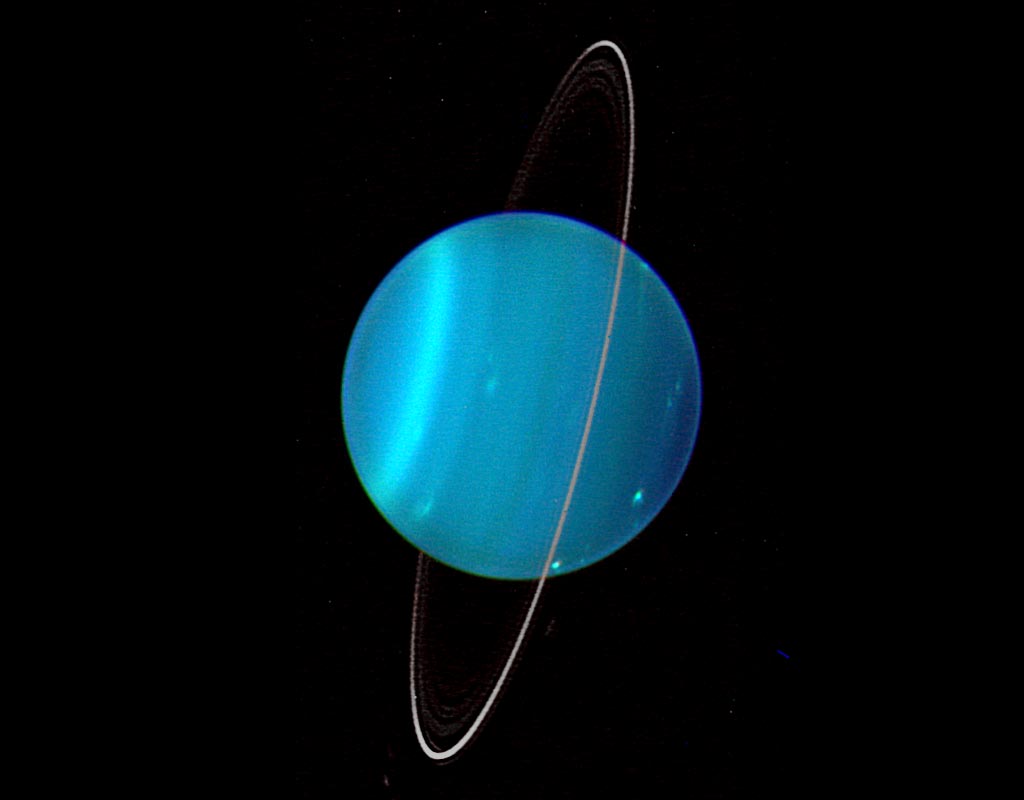
▪It is the third largest planet in size. Its temperature is about -215 ° C.
▪Its discovery in 1781 AD Is by William Herschel.
▪Five of the nine rings around it are named Alpha (a), Beta (B), Gamma (67), Delta (A) and Epsilon.
▪It rotates east to west (clockwise on its axis, while other planets rotate from west to east (Vamavati. Here sunrise is to the west and sunset to the east.
▪All its satellites revolve in the opposite direction of the Earth).
▪It is so inclined towards the sun on its axis that it looks like a reclining planet, so it is called a reclining planet.
▪Its largest satellite is Titania.
Neptune
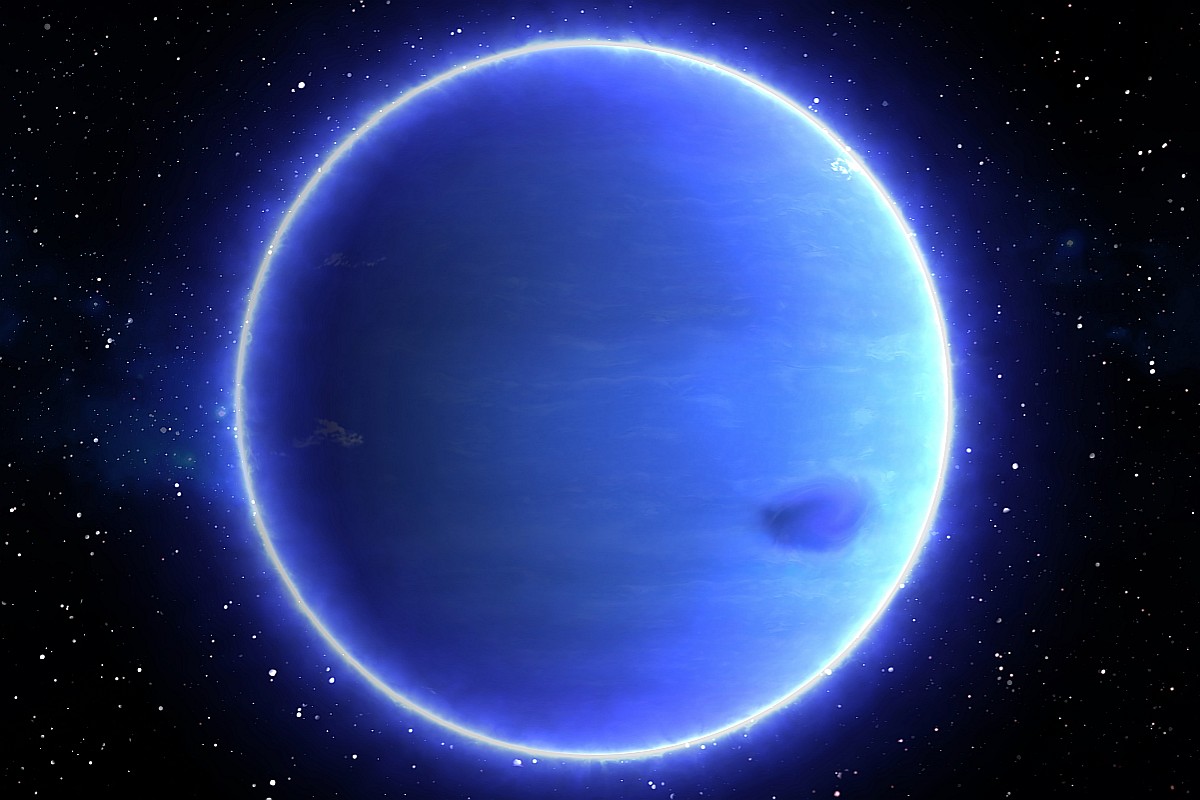
•Its discovery German astronomer Jahan Galle did it in 1846.
•In the new astronomical system, it is the green planet, the farthest planet from the Sun.
•It is surrounded by a cloud of ultra-cold methane.
•Triton in its satellites Is prominent.
Earth
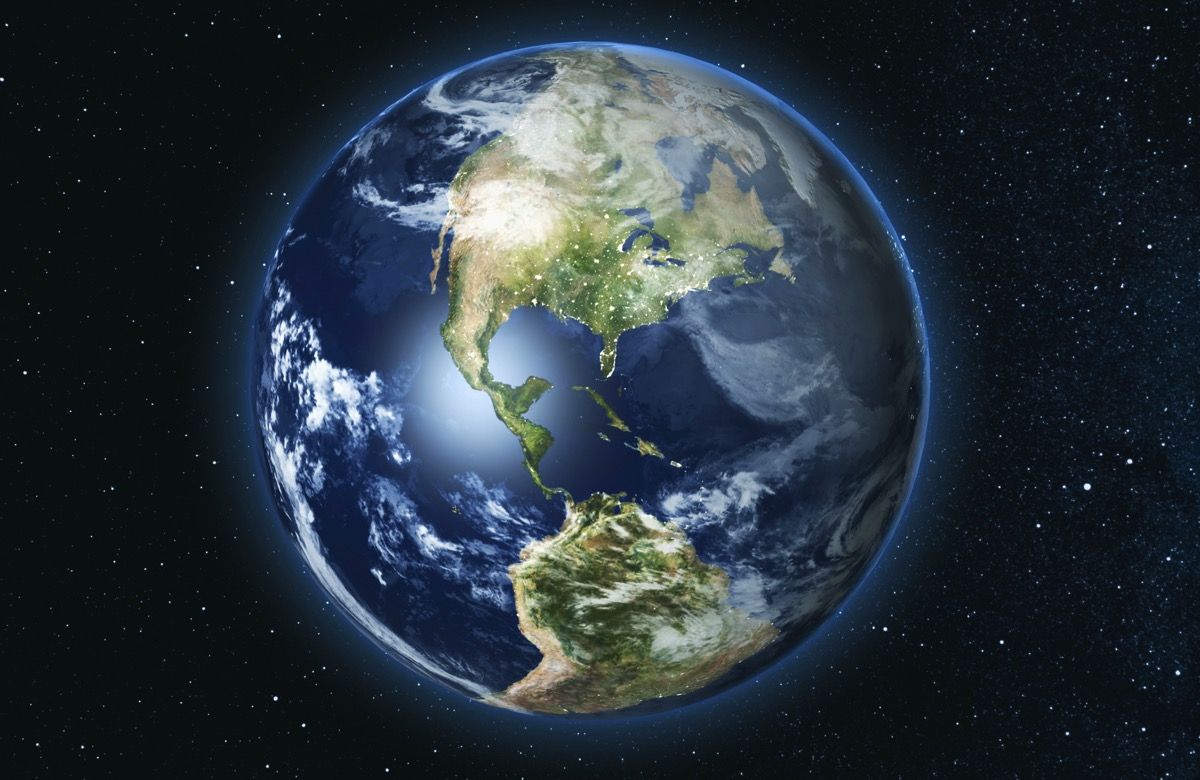
●It is the only planet in the solar system on which Javan is.
●Its only satellite is the moon.
●Its equatorial diameter is 12,756 km. And the polar diameter 12,714 km. is .
●It takes a complete roundabout on its axis from west to east at a speed of 1,610 km per hour in 23 hours 56 minutes and 4 seconds.
●This motion of the Earth is called rotation or daily motion. Day and night occur at this speed.
●The Earth takes 365 days 5 hours 48 minutes 46 seconds (approximately 365 days 6 hours) to complete one revolution of the Sun. During this time period, the mean velocity of the Earth in completing the orbit is about 30 km / s (29.8 km / s). This revolution of the Earth around the Sun is called the annual movement or rotation of the Earth.
●The time it takes the Earth to make one revolution of the Sun is called the Solar Year.
●Each solar year increases about 6 hours from the calendar year, which is adjusted by making the leap year every fourth year.
●The leap year is 366 days, due to which in the month of February, there are 29 days instead of 28.
●Weather changes on the earth are due to its tilt on its axis and its position relative to the Sun i.e. annual speed.
●Due to annual motion, day and night on the earth is small. Earth is similar to Venus in terms of size and texture.
●Due to the presence of water, it is also called blue planet. - The star closest to the Earth after the Sun is Proxima Centuri, a star of the Alpha Centuri Group. It is 4.22 light years away from Earth.
Moon

●(Moon): The science that studies the surface of the moon and its internal condition is called selenology.
●The ground of dust on the moon is called Shanti Sagar. This is the back of the moon, which is dark.
●The Leibnitz Mountains [35,000 ft (10,668 m)] is the highest mountain in the Moon, located at the South Pole of the Moon.
●The moon is also called a fossil planet. The moon completes one orbit of the Earth in about 27 days and 8 hours and at the same time makes a rotation on its axis
●This is the reason why only one part of the moon is always visible. One can see 57% of the moon from the Earth.
●The axis of the Moon makes an axis angle of 58.48 ° with the Earth's axis. The moon is almost parallel to the Earth's axis.
●Its rotation path is also 3,480 km in diameter and about 1 mass of the earth, mass of the long circular moon.
●The period of the lunar orbit with respect to the Sun is 29.53 days (H is called a lunar month or cyanodic month.










2 Comments
KESA article
ReplyDeleteBest article
ReplyDeleteeducation related topics